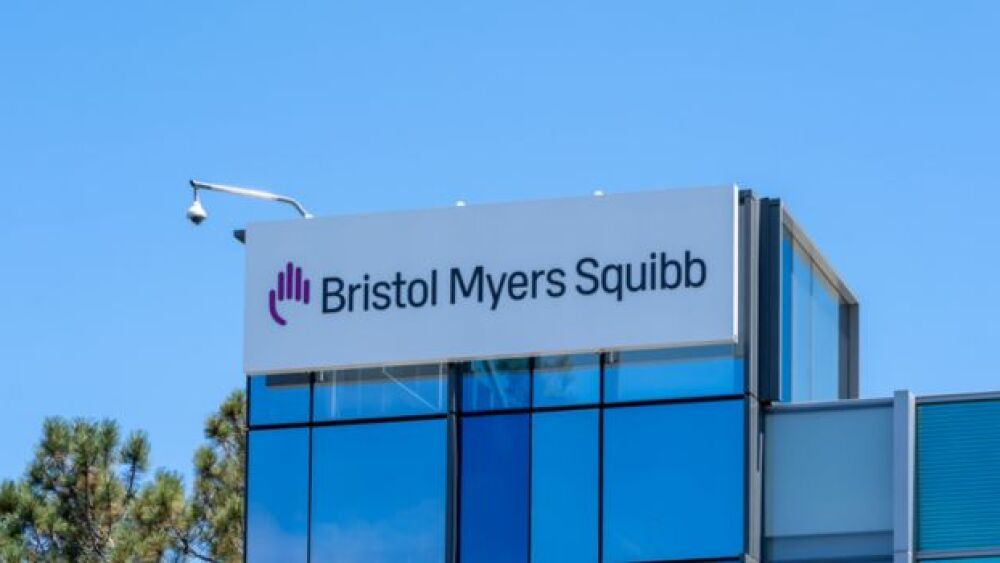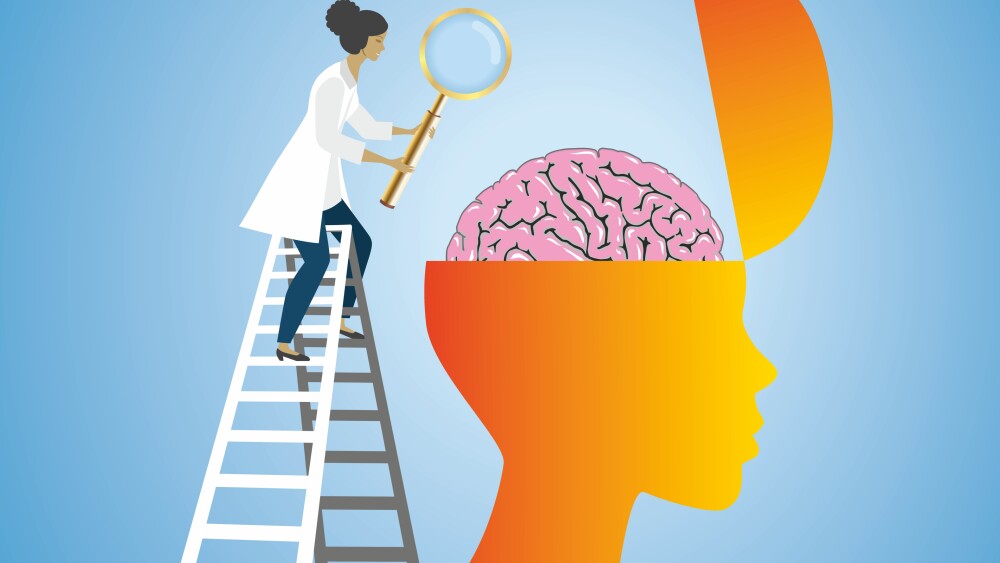The treatment, called DB-OTO, is one of several early-stage gene therapies being developed to treat relatively straight-forward causes of genetic deafness.
Regeneron’s gene therapy DB-OTO has restored partial hearing in 10 of 12 children with profound otoferlin-related deafness, a genetic condition researchers say is a perfect match for gene therapy.
The Phase I/II data, shared Monday afternoon at the Association for Research in Otolaryngology’s (ARO) 48th Annual MidWinter Meeting in Orlando, reinforce the trial’s preliminary findings of restored hearing in two children that made a splash at last year’s American Society of Gene & Cell Therapy annual meeting.
“It’s a status update, a kind of proof of concept,” Jeffrey Holt, an otolaryngology researcher at Harvard Medical School who viewed Regeneron’s data and attended the ARO talk, told BioSpace in an interview. He pointed to otoferlin’s biology as a key to the therapy’s preliminary success, given that mutations in the underlying gene cause deafness without harming the ear’s architecture or cells. “It’s a rare consensus in the field, among scientists and investors, that this genetic target [otoferlin] was the low hanging fruit, the best to go after,” Holt said.
Mutations in the otoferlin protein, which connects sensations in the inner ear to the eighth cranial nerve connecting to the brain, allow outside auditory signals to get transmitted. With the protein mutated, the signal goes nowhere, but the underlying architecture of the ear is otherwise intact.
“Everything else can go right in these kids’ ears, but when it comes time to send information to the nerve, you fail at the last step to send a signal to the brain,” Regeneron vice president and the company’s Auditory Global Program head Jonathon Whitton, told BioSpace.
This is where DB-OTO gets to work. Regeneron acquired the gene therapy when it bought its longtime development partner Decibel Therapeutics for $109 million in 2023. DB-OTO’s payload is a cDNA molecule coding for the normal otoferlin protein sequence, which creates an episome, or “protein factory” in the cell, producing protein continuously at a certain level, in the specific cell type. Because the cells that the gene therapy targets, inner hair cells, do not divide—in fact, humans are born with the full number of cells they will have for their whole lives—the treatment in theory does not need to be repeated.
“At least for right now,” said Whitton.
In the Phase I/II CHORD trial, Regeneron treated 12 children, most younger than four years of age, although two participants were 16 years old at the time of treatment. Nine of the patients received the DB-OTO treatment in one ear, while the other three, all of whom were about one year old, were treated in both ears.
Ten of the patients before the trial could only hear sounds of around 100-120 decibels, and all of those patients showed at least some improvement after 12 weeks. Five of those patients were assessed again at 24 weeks and of those five, three could hear sounds as quiet as 40 decibels after the treatment. None of the 12 patients showed adverse effects from the DB-OTO treatment.
Regeneron shared video footage of a toddler who had received the treatment, responding to auditory cues, like being asked to hug their stuffed animal “Snap Snap,” or reading from a book and responding to questions like, “What sound does a duck make?”
Whitton also shared an anecdote from one of the teenagers. The patient, who could hear using a cochlear implant, told an investigator that they were in the shower and were perceiving something that was totally unfamiliar to them: it was the first time they’d ever heard water in their life—because they took out their implant to shower.
According to Whitton, the gene therapy can be administered by clinicians using the same tools used to set up cochlear implants. Whitton said that Regeneron has no timeline for pushing into new clinical trials or applying for approval with the FDA, stating that the company is working with regulators to outline a path forward and “trying to push forward internally.”
Regeneron is one of at least five companies targeting otoferlin-related deafness with a gene therapy. In 2022, Eli Lilly purchased Akuous Inc. for $487 million to scoop up that company’s inner ear condition–targeting therapies. Sensorion, based in Montpellier, France, announced promising Phase I/II data from its own otoferlin-related deafness gene therapy late last year. Another company based in China, Refreshgene Therapeutics, also restored hearing in children with otoferlin-related deafness in 2023 with a gene therapy.
Holt was optimistic about the future potential of sensory disorder-treating gene therapies. He cautioned that otoferlin-related deafness “occurs in about 10-20,000 people in the U.S.—a small fraction of the 30 million people with hearing loss in the US.” But he listed a few potential next targets such as TMC1, a deafness-causing mutation with similar prevalence to otoferlin-mutations, and stereocilin, another inner ear protein whose mutations cause about 120,000 cases of deafness in the U.S.
Whitton said that besides otoferlin, Regeneron is continuing its work on GJB2-related hearing loss, which affects about 1,400 children in the U.S. every year.






